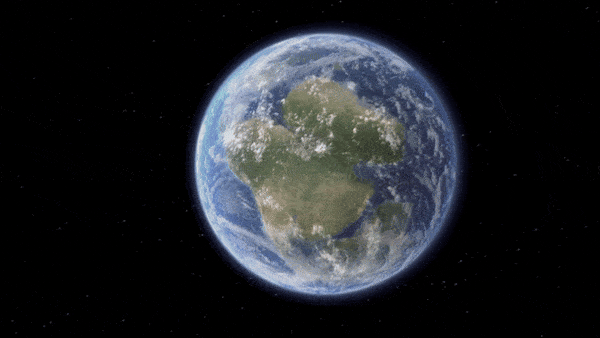When you buy through links on our site , we may earn an affiliate commission . Here ’s how it works .
SAN FRANCISCO — Volcanic action in modern - solar day India , not an asteroid , may have killed the dinosaur , consort to a novel study .
ten-spot of grand of years of lava stream from theDeccan Traps , a volcanic neighborhood near Mumbai in present - day India , may have spewed poisonous levels of sulphur and carbon paper dioxide into the atmosphere and caused the mass quenching through the result spheric thaw and sea acidification , the inquiry suggests .

New research argues that volcanic activity from the Deccan Traps in India, not a meteorite impact, killed the dinosaurs.
The finding , presented Wednesday ( Dec. 5 ) here at theannual encounter of the American Geophysical Union , are the late salvo in an ongoing argumentation over whether an asteroid or volcanism toss off off the dinosaurs about 65 million year ago in the mass dice - off known as the K - T quenching .
" Our new information call for a reassessment of what really caused the K - T mass extinction , " allege Gerta Keller , a geologist at Princeton University who lead the work .
For several age , Keller has argued that volcanic activity kill the dinosaurs .

The Deccan traps, which are no longer volcanically active.
But proponents of the Alvarez theory argue that a giant meteorite impact at Chicxulub , Mexico , around 65 million years ago released toxic amount of money of debris and accelerator pedal into the atmosphere , blocking out the sun to cause far-flung cooling , choking the dinosaurs and poisoning sea life . The meteorite may impact may also have set off volcanic action , earthquakes and tsunami . [ pass over Out : History ’s Most Mysterious Extinctions ]
The new research " really demonstrates that we have Deccan Traps just before the raft extinction , and that may give partially or completely to the mass defunctness , " said Eric Font , a geologist at the University of Lisbon in Portugal , who was not involved in the research .
Sea roach

Fossils in India revealed that plankton species became smaller, with less elaborate shells, suggesting that sulfur and carbon dioxide from volcanism caused ocean acidification and led to a mass die-off in the seas.
In 2009 , oil company drill off the Eastern slide of India uncovered aeon - sometime lava - filled sediments buried nearly 2 miles ( 3.3 kilometers ) below the ocean surface .
Keller and her squad got license to analyze the sediment , finding they contained plentiful fossils from around the limit between the Cretaceous - Tertiary flow , or K - T Boundary , when dinosaurs vanished .
The sediments tire layers of lava that had traveled intimately 1,000 statute mile ( 1,603 km ) from the Deccan Traps . Today , the volcanic realm spans an area as big as France , but was virtually the domain of Europe when it was participating during the lateCretaceous period , say Adatte Thierry , a geologist from the University of Lausanne in France who collaborated with Keller on the enquiry .

Within the fogey phonograph recording , plankton species got few , smaller and maintained less elaborate shells immediately after lava layer , which would indicate it happen in year after the bang . Most species bit by bit died off . In their backwash , a hardy plankton genus with a small , nondescript exoskeleton , called Guembilitria , exploded within the fogey disc . Keller ’s squad found similar trends in their analysis of marine sediments from Egypt , Israel , Spain , Italy and Texas . While Guembilitria species typify between 80 percent and 98 percentage of the fossil , other mintage disappeared .
" We call it a cataclysm self-seeker , " Keller told LiveScience . " It ’s like a roach — whenever things go bad , it will be the one that survives and boom . "
Guembilitria may have come to control worldwide when the huge amounts of sulfur ( in the form ofacid rainfall ) released by the Deccan Traps fall into the oceans . There , it would ’ve chemically binded with calcium , making that calcium unavailable to sea creatures that needed the element to build their shells and skeleton .

Around the same time in India , fogey evidence of nation animate being and plants vanish , suggesting the volcano caused mass extinction on both land and in the ocean there .
Global impact
In retiring work , the squad has also launch evidence at Chicxulub that casts doubtfulness on the impression of ameteorite do the extinction .

Sediments containing Ir , the chemical signature of anasteroid , show up after the quenching occur , oppose the notion that it could have caused a sudden die - off , Keller said .
A meteorite impact also would not have produced enough toxic atomic number 16 and atomic number 6 dioxide to equalise the levels seen in the rocks , so it may have worsen the mass extinction , but could n’t have have it , she say .
" The meteorite is just too little to cause the extinction . "















